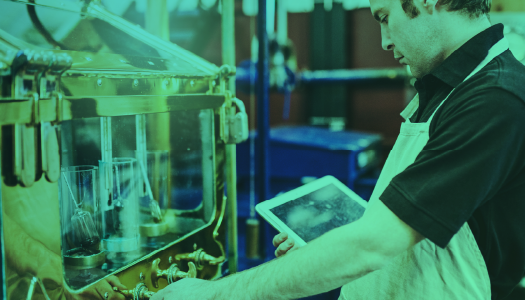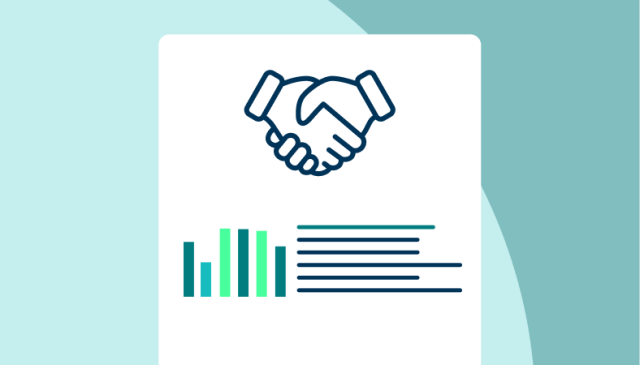Impact of Industry 4.0 on Operations
By now, you have likely heard the phrase “Industry 4.0” (another way for saying 4th Industrial Revolution), but like most, not exactly sure what it means. We are at the dawn of a new and exciting “industrial revolution.” Like the previous three, each revolution was ushered in due to disruptive or transformative technology that changed the way we operate, especially in industrial sectors. But don’t get thrown off by “industrial” revolution: It’s not just factories—these revolutions permeate every aspect of our society and economy.
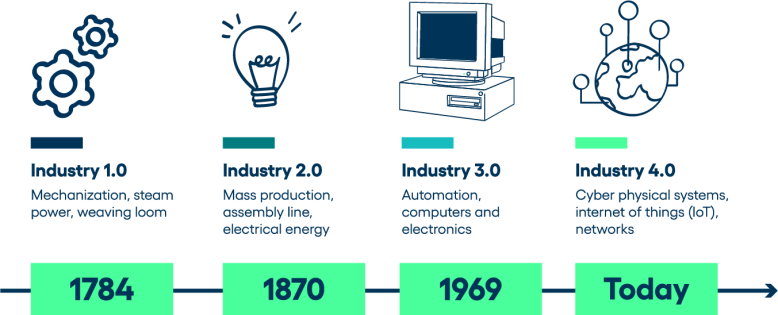
A quick history lesson:
- Industry 1.0 started in 1780s with the advent of mechanized production, aided by water and steam power. This was the first time (at scale) that humans had power beyond our muscles (and the animals/ “beasts of burden”).
- Industry 2.0 started in the 1870s and included “mass production,” aided by electrical power. This was the advent of the assembly line, with industry able to churn out affordable products for the masses at a massive scale.
- Industry 3.0 started in the late 1960s and included automated production (think, among others, early industrial robots) aided by electronics and computers. A new era of industrial production.
- Industry 4.0 started in the 2010 range and includes many technologies (sometimes called the “Exponential Technologies”) such as the Internet of Things (IoT), 3D printing (a.k.a. “additive manufacturing”), Artificial Intelligence (AI) and many others. This technology has led much of the industrial world into a “digital transformation,” revolutionizing how we create, distribute and support products around the globe.
Sounds super-industrial and manufacturing—and it is at its heart. When you think about it, each of these revolutions made services and products available to the general public never seen before, including medicines, affordable and reliable food, transportation, infrastructure, educational development and much more. Although progress is a subjective concept to many, these revolutions have ultimately benefited us all.
Historically speaking, each new industrial revolution has ushed in an era of growth and prosperity for the developed world. This includes life expectancy, gross domestic product (GDP), reductions in poverty, increases in people living in a democracy and more. Clearly there is a correlation between these technology/industrial revolutions and the quality of life for many, many people across the globe.
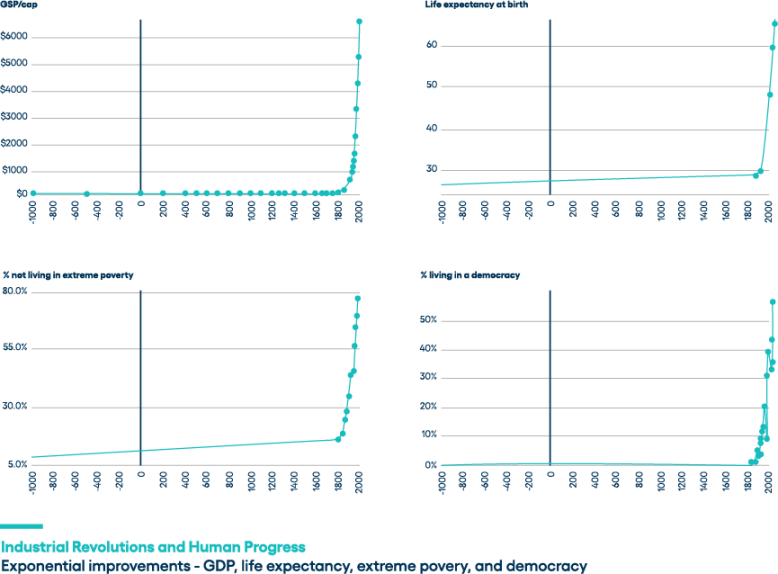
Every industry is impacted by these industrial revolutions:
Manufacturing
The manufacturing sector is one of the most obvious, after all it is called an “industrial” revolution. In particular, Industry 4.0 is ushering in incredibly exciting technology that is creating a “digital transformation” of the factory as well as supporting infrastructure. IoT, AI, and other technology are making plants and other industrial operations such as distribution, power generation, public infrastructure and others run smarter, cleaner, more efficient and ultimately more profitable.
A recent survey by McKinsey reveals that manufacturers who had managed to transition to Industry 4.0 prior to the COVID-19 pandemic felt better equipped to handle the crisis. Of those surveyed, 94% of the respondents stated that IoT in manufacturing, along with other technologies, played a key role in keeping their operations up and running during those turbulent times. Industry 4.0 and IoT will help in current and future crises.
A simple example is “Digital Twins”—this is the developing concept where you have a living, breathing digital version of an asset in your factory. Imagine knowing maintenance issues well in advance of the real-world asset being affected? Or testing engineering changes for future versions of the asset. This can make our operations run smoother, more predictably and less expensive.
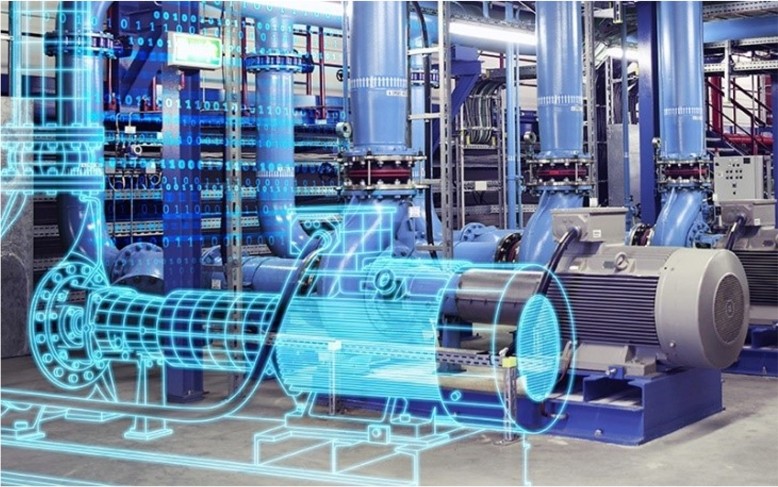
Government and Municipalities
We are seeing the dawn of the “Smart City” (the work “city” is a misnomer, could be anything from a huge metropolis to very small village). These technologies help improve the public servant workers and citizens alike. There are many components to the digital transformation within municipalities, ranging from intelligent infrastructure monitoring, demand-driven traffic control and others. A simple example includes using intelligent IoT sensors in our water/wastewater plants to identify potential maintenance issues. This will keep those services running better while saving crucial tax dollars.
A recent study from Internet-of-Business publication stated that more than 70% of public sector agencies evaluate the potential of emerging technologies, but only about 25% are moving beyond the pilot phase to full implementation. This is a troubling statistic that needs to move higher for the better of all municipalities. It is critical that you partner with a quality technology organization to help you get your Industry 4.0 projects moving past pilot phase.
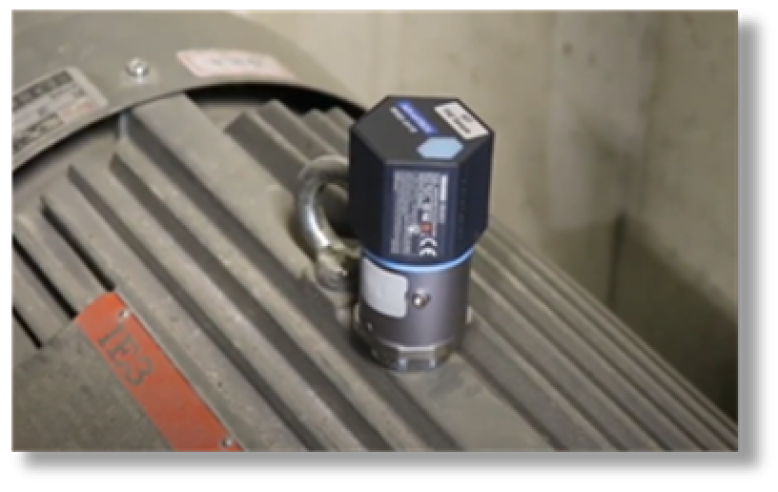
Education
Like municipalities, the educational (K12, higher education, etc.) will benefit greatly from Industry 4.0. In fact, the research firm Emergen Research states that IoT in the global education market reached $6.8 Billion in 2020 and is expected to reach $25.4 Billion by 2028 (compound annual growth rate of 18.0%). Education has directly benefited from these technologies (especially IoT) during the pandemic with remote/hybrid learning. These technologies are moving from the classroom to operations.
IoT sensors are already starting to be deployed in a variety of use-cases that help stem the decades of deferred maintenance that have really hurt our schools. A simple example: using IoT “leak detection” sensors and catching small leaks in prone areas before very minor damage/air quality risks snowball into big problems.
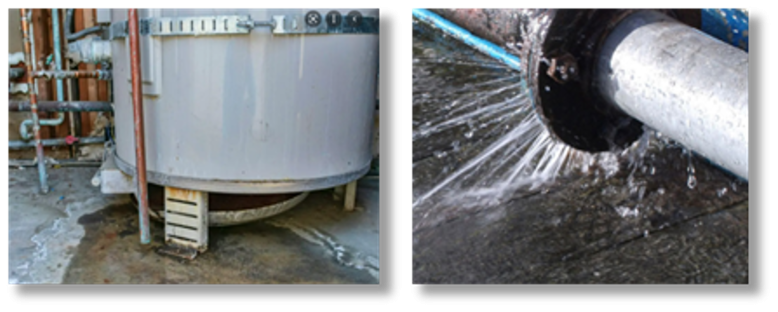
Another example would be to utilize AI to better identify future school remodels/building and related by utilizing combination of data including existing maintenance, budget availability, student information and others. Strategic asset management is far easier utilizing Industry 4.0 technology, helping make better use of tax-payers money to keep schools properly functioning and in turn helping students with better quality education.
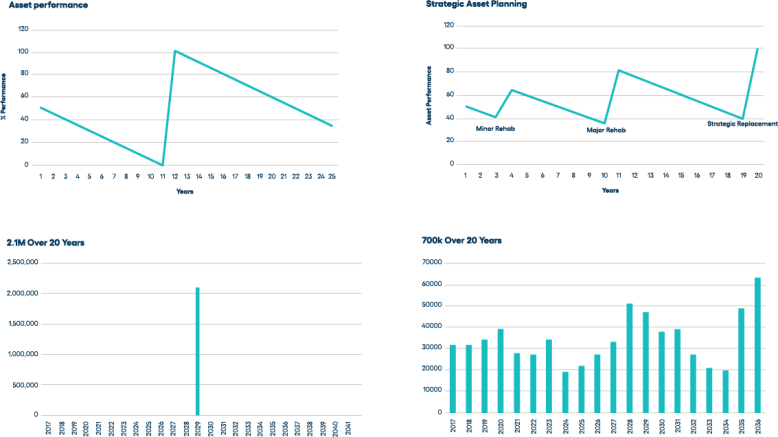
Healthcare
Like the education market, the pandemic has forced the use of technology, especially IoT, to help. According to research firm Markets and Markets, the global healthcare IoT market will grow from $72.5 billion in 2020 to a projected $188.2 billion by 2025 – a 21% growth rate. Digital health tools, wearables, medical devices and telemedicine are key components – this is working its way into the operations side of healthcare.
There are many instances where Industry 4.0 will help our healthcare facilities. Facilities oriented IoT sensors such as temperature monitoring of refrigeration can help protect everything from laboratory items to medicines and food and beverages for residents. If a sensor detects a variation in temperature that would risk the contents of the refrigeration unit, an alarm will be created, kicking off a work order to get a remedy before expensive damage or spoilage occurs.
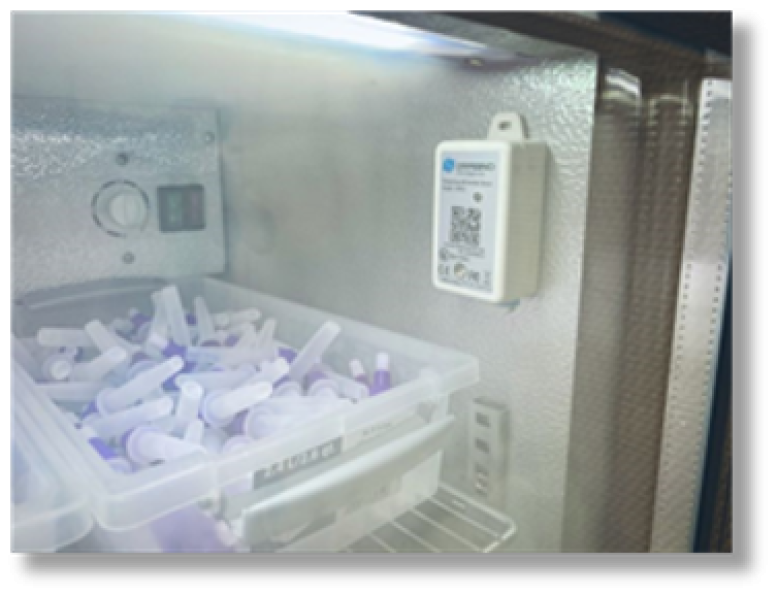
Another healthcare example is “real-time location system” (RTLS) for biomed equipment. This allows the location of equipment stashed away and eliminating the need for overstocking expensive biomed equipment.
Regardless of industry, the 4th industrial revolution will help with current headwinds facing us all. IoT sensors creating a more predictive environment will catch problems early when damage is minimal versus later when more overhaul (requiring greater technical abilities) will be required. Also, the ability to utilize tools such as augmented and assisted reality opens up hands-free mobile capabilities where a novice technician can be connected with a veteran from the comfort of their easy-chair while enjoying semi-retirement. Another example is AI-fueled software to help combat the finicky supply chain.
Did I miss the Industry 4.0 kickoff party?
These industrial revolutions don’t happen overnight. There is typically a series of smaller transformative events. For Industry 4.0, the internet was a huge part of this that has gone from the fringes of society a few decades ago to complete permeation. Add the advent of smaller, more affordable sensors (IoT) that are on almost everything around us to broadcast data. These revolutions are stacking up quicker than in the past (1.0 into 2.0 took nearly 100 years while 3.0 into 4.0 closer to 40 years), but everything seems to be going faster than in the past. You have time, but you need to investigate these promising technologies.
How do I keep up with all of this?
You don’t need to be an Industry 4.0 expert but don’t bury –your –head –in –the sand—this stuff is not going away!
- Stay informed. Given the speed at which this revolution is moving, you need to understand at least the basics of what these promising technologies can do for your organization. There is a plethora of news and information sources regarding Industry 4.0.
- Find and align with vendors you trust to keep you informed. I believe that it is the responsibility of technology companies to keep their clients informed of what is on the horizon, including a distant one. Software and hardware organizations are tasked with adopting the promising technologies that will ultimately benefit their clients. Industry 4.0 technology is part of the roadmap of good tech companies.
- Start slow, but make sure you do start! IoT is an easy one—if you use a computerized maintenance management system (CMMS), adding sensors to turbo-charge predictive maintenance is a relatively easy and affordable way to get into Industry 4.0. And if you are not using CMMS, you need to!
Conclusion
Industry 4.0, like all previous industrial revolutions, is an opportunity to transform into a more operationally intelligent and efficient organization. “What’s this going to cost?” is a common question. The better question is, “How much is this going to save me?” The answer is a ton. Think of what unplanned downtime, premature retirement of assets due to neglect and the impact of deferred maintenance costs—it’s massive and can be easily avoided. Low-cost IoT sensors and CMMS are a great example of how the 4th Industrial Revolution translates to real-world progress with amazing cost savings. This is better for our organizations and those they support.



